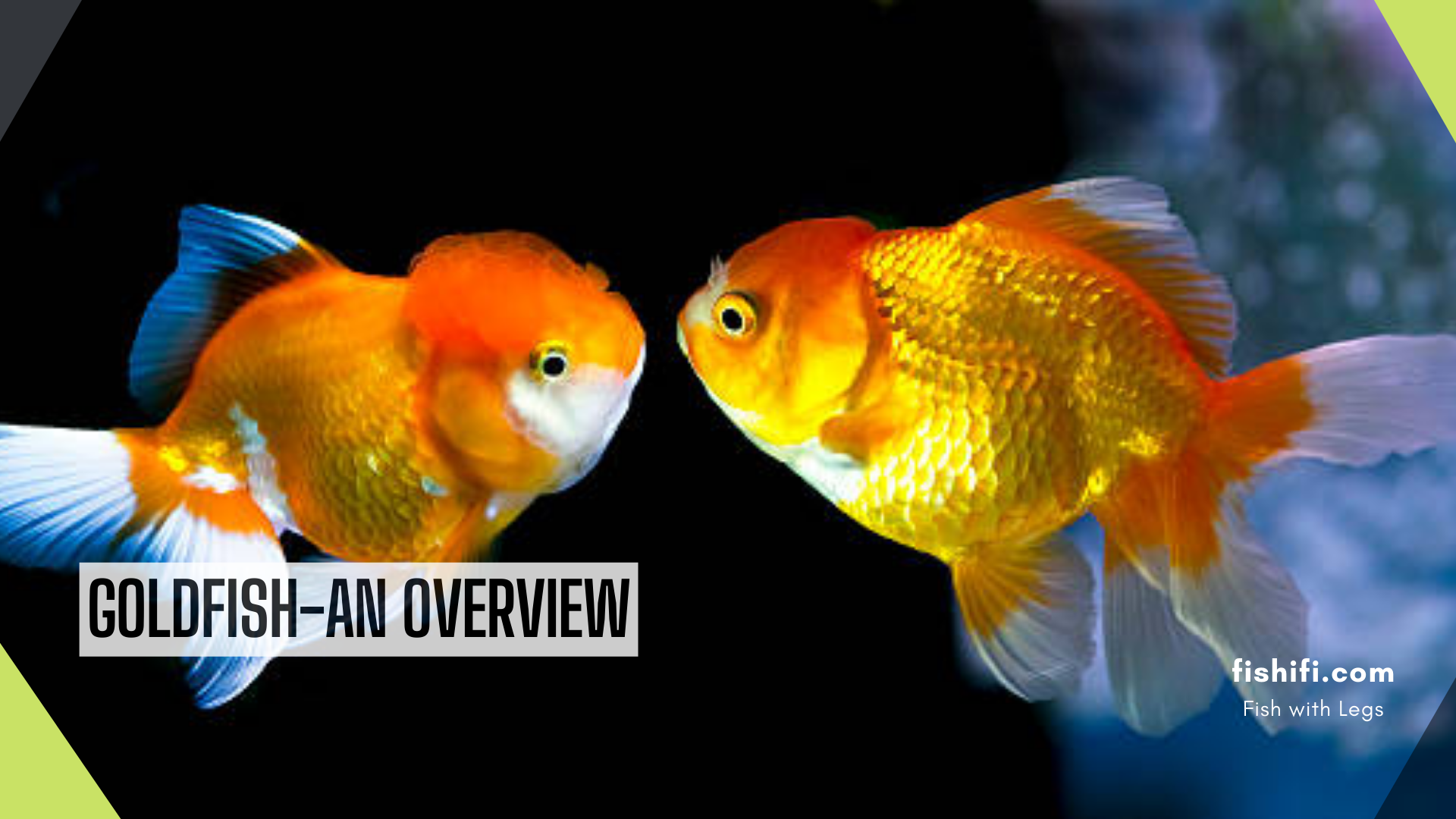The goldfish (Carassius auratus) is a captivating ornamental fish commonly found in aquariums and ponds. Distinguished by their lack of upper jaw barbells, absence of scales on the head, and large eyes, they share close relations with koi and common carp.
As members of the carp family, they are freshwater omnivores, foraging at the bottom and crushing insects with their pharyngeal teeth. Remarkably tolerant of turbid waters, temperature fluctuations, and low dissolved oxygen levels, they thrive in habitats like streams and pools with submerged vegetation. Reproduction coincides with environmental fluctuations, and their lifespan typically ranges from 6 to 7 years.
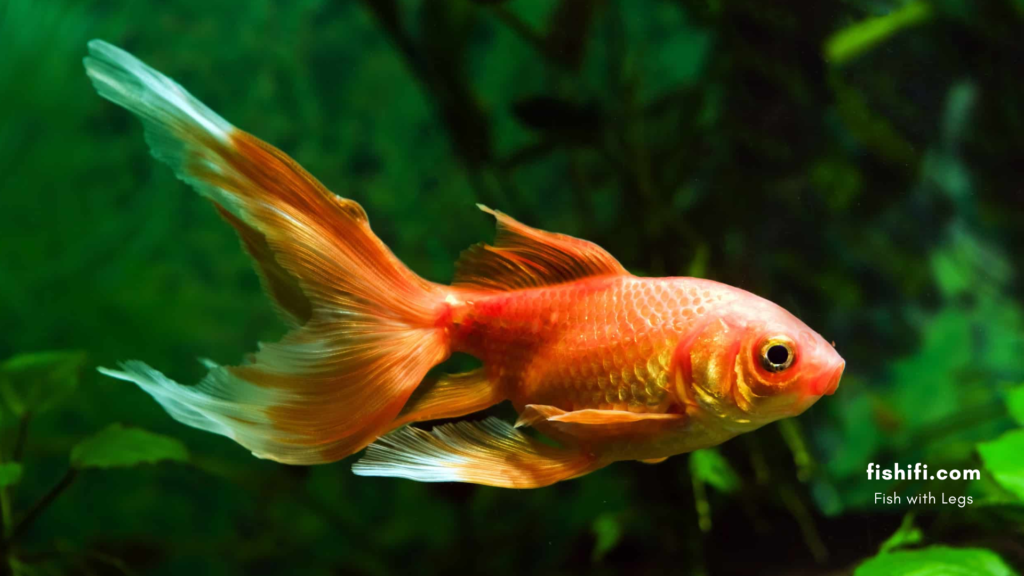
Typically, greenish-brown or grey in their natural state, they exhibit significant variability, with numerous anomalies such as black, spotted, golden, white, or silver variations. Deviations may include a tri-lobed tail fin, protruding eyes, or the absence of a typically long dorsal fin. Centuries of selective breeding have resulted in over 125 breeds, ranging from the common pet-shop comet to the veil tail with a three-lobed, flowing tail, the Lionhead with a distinctive head “hood,” and the celestial with upward-directed eyes.
Table of Contents
Origin and Spread:
The goldfish (Carassius auratus) is believed to have originated from the Prussian carp (Carassius gibelio), native to East Asia, particularly China.
Selective breeding for ornamental purposes likely began during the Tang dynasty (618–907 AD), with early records suggesting that they were kept in outdoor ponds for their aesthetic appeal.
they became symbols of good luck and prosperity in Chinese culture. The word for goldfish in Chinese, “yú,” sounds like the word for surplus or abundance, reinforcing their positive symbolism. During the Song dynasty (960–1279 AD), they were selectively bred to enhance their colors and patterns, laying the foundation for the diverse varieties seen today.
The introduction of goldfish to Japan is believed to have occurred during the Tang dynasty through trade routes and cultural exchanges. Japanese aristocrats began keeping them in ornamental ponds.
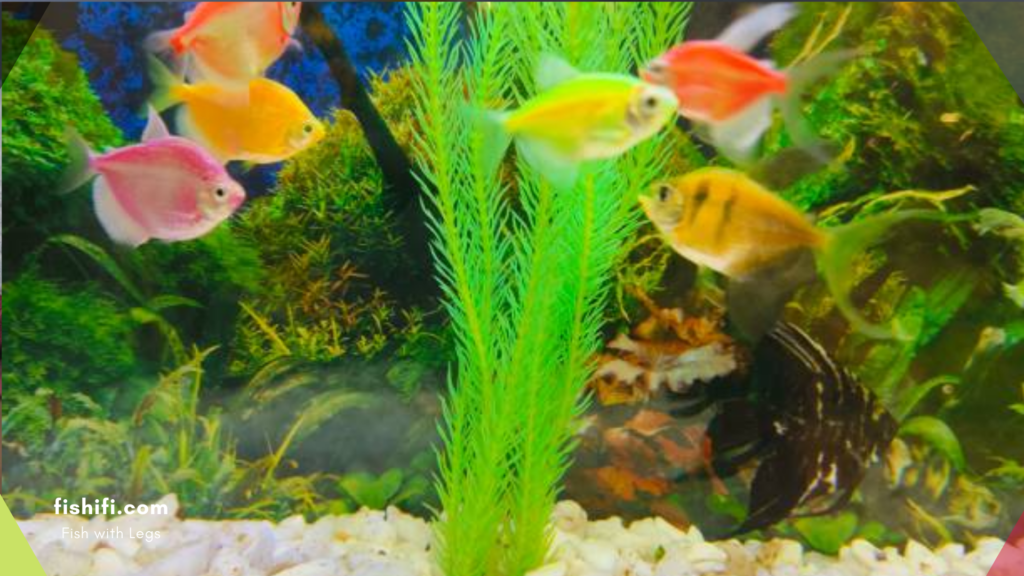
they made their way to Europe in the 17th century. Initially, they were rare and expensive, owned by the elite and nobility as symbols of status and wealth.
By the 18th century, they became more widely available, and their popularity spread among the general population.
they were introduced to North America in the mid-19th century. They gained popularity both as ornamental pond fish and indoor aquarium pets.The hardiness and adaptability of them contributed to their success in various climates.
Related: The Fascinating World of Betta Fish
As they spread globally, enthusiasts engaged in selective breeding to create a wide range of distinctive varieties. Varieties such as the common goldfish, comet, fantail, oranda, and others emerged through these breeding efforts.
Goldfish farming became a significant industry, especially in countries like China, Japan, and the United States. they are bred for sale in pet stores, for ornamental purposes, and as feeder fish for larger aquatic species.
Today, they are among the most popular and widely kept aquarium fish worldwide. They are cherished for their vibrant colors, graceful swimming, and relatively low maintenance requirements. They continue to be associated with positive cultural symbolism, including luck and prosperity.
Despite their widespread popularity, some wild populations have become invasive in certain regions, posing ecological challenges. Escaped or released pet goldfish can thrive in local waters, competing with native species.
Feeding habits:
They are omnivores, meaning they consume both plant and animal matter. Proper nutrition is crucial for their health and well-being. Here’s a detailed look at the food taken by them. They are opportunistic feeders, and their feeding behavior is often influenced by the sight and smell of food. They may eagerly swim to the water’s surface when they see their owner approaching, associating them with feeding time.
Over time, they can learn to recognize their owners and may even exhibit behaviors like “begging” for food.
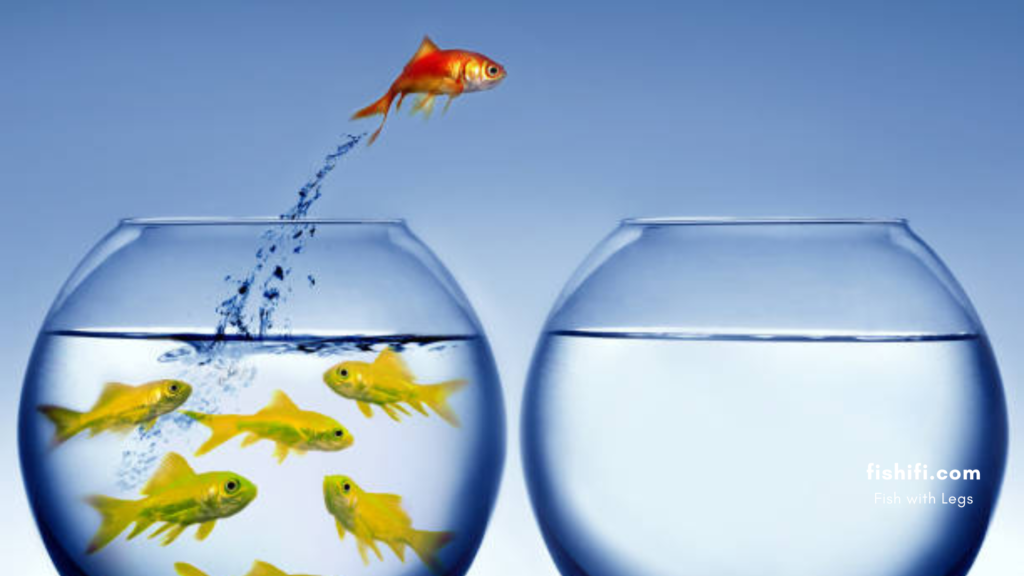
Remember, nutritional needs can vary based on factors such as age, size, and environmental conditions. Regular observation of your fish, along with a balanced and varied diet, will contribute to their overall health and vitality. A few foods which are suitable for them are:
Pellets: Specially formulated pellets are a staple in their diet. These pellets often contain a balanced mix of proteins, carbohydrates, vitamins, and minerals.
Flakes: Fish flakes are another common commercial option. They come in various sizes and are suitable for different ages and sizes.
Daphnia: Small crustaceans, commonly known as water fleas, are a popular live or frozen food choice. They provide essential proteins.
Brine Shrimp: Another protein-rich option, brine shrimp, can be offered live or frozen. They are particularly beneficial for enhancing coloration.
Bloodworms: The larvae of midge flies, bloodworms are a nutritious live or frozen food option that them to enjoy.
Lettuce: Sliced or shredded lettuce leaves can be fed to them. It’s a source of fiber and some essential nutrients.
Spinach: Blanched spinach is a good option, providing vitamins and minerals.
Peas: Cooked and deshelled peas are excellent for aiding digestion and providing fiber.
Oranges: Small pieces of peeled and deseeded oranges can be offered as a treat. Oranges are a good source of vitamin C.
Grapes: Sliced grapes (seedless) are another fruit option. Ensure they are cut into small, manageable pieces.
Earthworms: Chopped earthworms can be included in their diet. They provide essential proteins and are a natural part of their diet in the wild.
Insects: they may enjoy small insects like crickets or mealworms. Ensure they are gut-loaded or fed a nutritious diet before offering them to your fish.
Related: Frogfish: Walking Underwater Wonders
Specialized Goldfish Food:
Some varieties, such as fancy goldfish with elaborate fins, may benefit from specialized food designed to meet their specific nutritional needs.
Feeding Schedule:
They should be fed 1-3 times a day, with portion sizes adjusted based on their age, size, and activity level. Avoid overfeeding, as it can lead to health issues such as obesity and poor water quality.
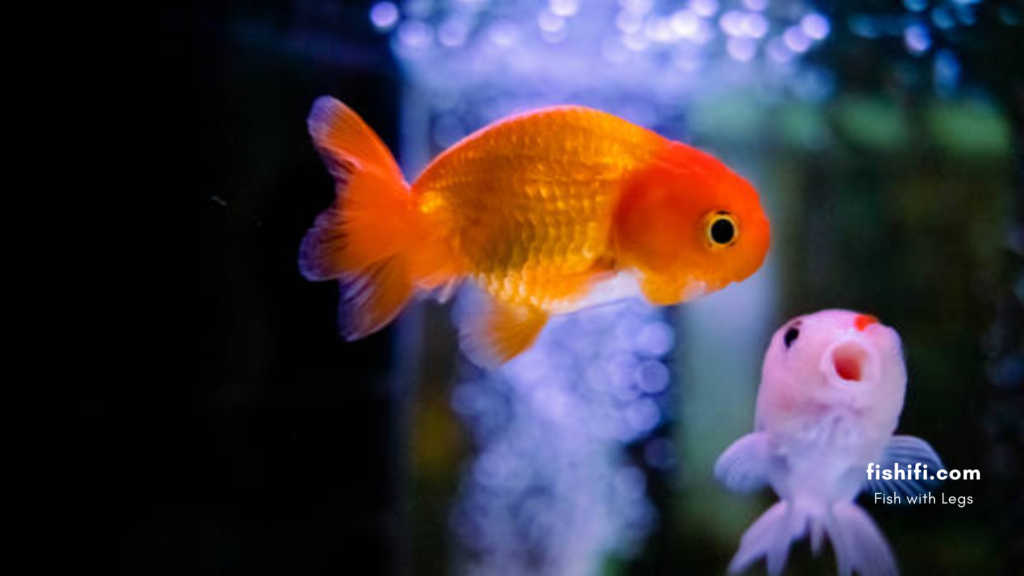
physiology:
They possess gills, which are specialized structures for extracting oxygen from water. As water passes over the gill filaments, oxygen is absorbed into the bloodstream, while carbon dioxide is released into the water.
They also have a modified structure called the labyrinth organ, allowing them to extract oxygen from the air. This adaptation is particularly useful in oxygen-deprived waters.
they like other fish, have a two-chambered heart. The heart pumps blood to the gills, where it picks up oxygen, and then circulates it throughout the rest of the body.
The circulatory system plays a crucial role in maintaining their overall health, providing oxygen and nutrients to various organs and tissues.
They have a simple digestive system adapted to their omnivorous diet. Their mouth is equipped with specialized structures, such as pharyngeal teeth, which aid in grinding and breaking down food.
Food passes through the esophagus into the stomach, where digestion begins. From there, it moves into the intestines, where nutrient absorption takes place.
The swim bladder is an essential organ that helps them to control buoyancy. It contains gas, which the fish can adjust to change its position in the water column.
By regulating the amount of gas in the swim bladder, they can ascend or descend in the water without expending much energy.
they eliminate waste through their kidneys, excreting ammonia primarily. Proper filtration and regular water changes are crucial for maintaining water quality and preventing ammonia build-up.
Ammonia is converted into less harmful substances through a process known as the nitrogen cycle.
they exhibit sexual dimorphism, with females typically being larger and rounder than males, especially during the breeding season.
External fertilization occurs, where females release eggs, and males release sperm simultaneously. Fertilization takes place in the water, and the eggs adhere to surfaces until they hatch.
They have a well-developed nervous system, including a brain that processes sensory information. Their lateral line system helps them detect changes in water movement, aiding in navigation and predator avoidance.
Anatomy:
1.Scales: They are covered in scales, which are thin, overlapping plates that provide protection. The scales contribute to the distinctive appearance and come in various colours and patterns.
2. Fins:
Dorsal Fin: Located on the back, the dorsal fin helps with stability and steering.
Anal Fin: Situated on the ventral side, the anal fin also aids in stability and balance.
Pelvic Fins: Paired fins on the lower sides of the fish, assisting in maneuvering.
Pectoral Fins: Found on each side behind the gills, these fins control direction and speed.
Caudal Fin: The tail fin, often forked, generates the main thrust for swimming.
3. Eyes: They have large, protruding eyes on either side of their head, providing a wide field of vision. Their eyesight is essential for detecting predators and finding food.
4. Mouth and Pharyngeal Teeth: The mouth is adapted for feeding on plant matter and small invertebrates. They lack true teeth but have pharyngeal teeth in their throat that aid in grinding and processing food.
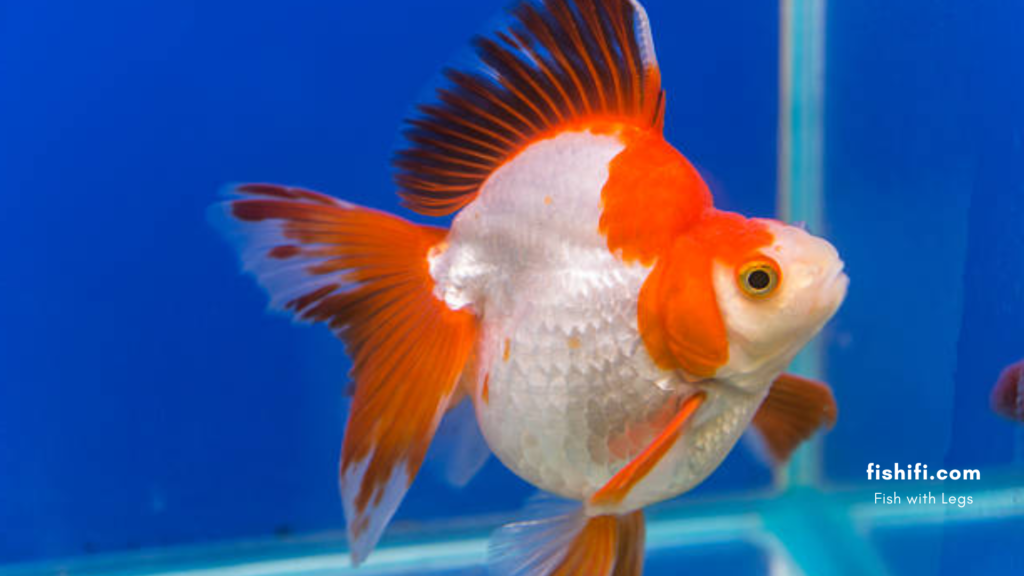
5. Gills: They breathe through gills, extracting oxygen from the water. The gill arches support the gill filaments, where gas exchange occurs.
6. Lateral Line System: The lateral line is a sensory organ running along the sides of them. It detects changes in water pressure and helps them navigate, avoiding obstacles and predators.
7. Swim Bladder: The swim bladder is an internal gas-filled organ that aids in buoyancy control. they can adjust the gas volume in the swim bladder to ascend or descend in the water column.
8. Internal Organs: Stomach and Intestines: they have a simple digestive system adapted to their herbivorous diet.
Liver: Plays a role in metabolism and detoxification.
Kidneys: Filter waste products from the blood, excreting them as urine.
Reproductive Organs: Males have testes, while females have ovaries. During the breeding season, these organs play a crucial role in reproduction.
9. Senses:
Vision: They have excellent color vision and can see ultraviolet light, which is useful for finding food and recognizing mates.
Olfaction: They have a well-developed sense of smell, helping them locate food in the water.
Hearing: They can detect low-frequency sounds through their inner ears.
Behavior Changes:
They are known for their distinct behaviors that can be indicative of their well-being. Changes in swimming patterns, appetite, or social interactions may signify stress or health issues. Understanding these behaviors is essential for creating a suitable environment and ensuring their well-being. Providing a well-maintained tank with appropriate stimulation and social conditions contributes to happy and healthy fish.
Social Behaviour:
they are social creatures and thrive in the company of their own kind. They display schooling behaviour, especially when they feel threatened or are seeking safety in numbers.
However, they can also exhibit territorial behaviour, particularly during the breeding season when males may become more aggressive.
Exploration and Foraging:
they are curious by nature and will explore their environment. They may sift through gravel or substrate in search of small organisms, algae, or leftover food.
Providing a variety of textures and hiding spots in the aquarium encourages natural foraging behaviors.
Playful Activities:
they can engage in playful activities, such as swimming through tunnels, playing with floating objects, or chasing each other. Providing enrichment, like floating toys or live plants, can stimulate these behaviours.
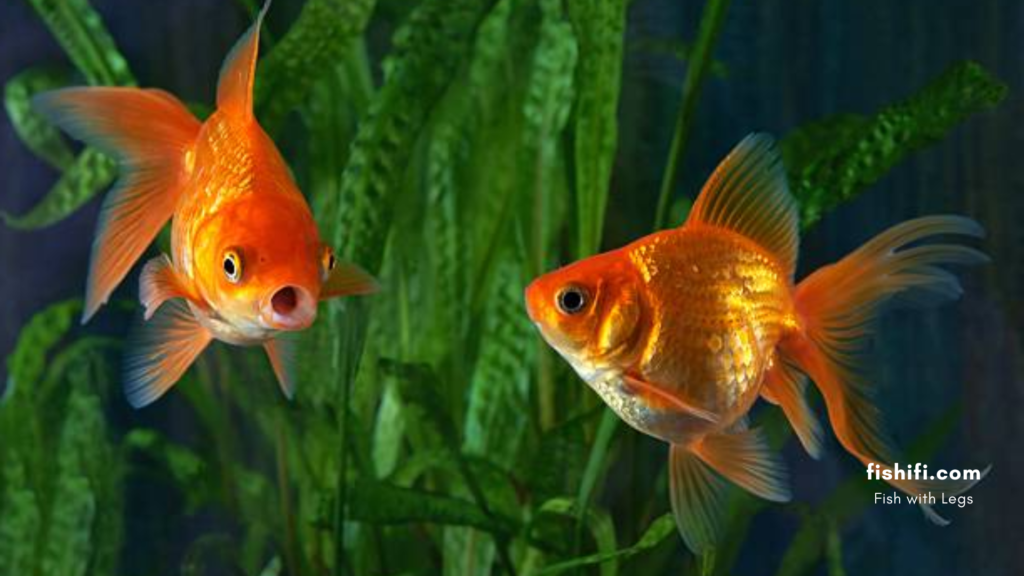
Breathing and Gill Movement:
Observing the rate and pattern of gill movement can provide insights into their health. Rapid or irregular gill movement may indicate stress or poor water quality.
they may surface to gulp air, especially if the oxygen levels in the water are low. This behaviour is a normal adaptation and helps supplement their oxygen intake.
Sleeping and Resting:
they do not have eyelids, so they don’t close their eyes while resting. Instead, they may find a quiet spot in the aquarium to slow down their activity and conserve energy.
A healthy fish should be responsive when approached, even during rest periods.
Response to External Stimuli:
they can be trained to recognize their owners and may respond to specific cues, such as the sight of the food container or the sound of footsteps.
They may also react to changes in their environment, displaying heightened activity or seeking shelter if they feel threatened.
Aggressive Behavior:
During the breeding season, males may exhibit aggressive behaviour as they compete for the attention of females. This can include chasing, bumping, or even nipping.
Aggressive behaviour can be mitigated by providing adequate hiding spots and ensuring there is enough space in the aquarium.
Health Indicators:
Changes in behaviour, such as lethargy, loss of appetite, or abnormal swimming patterns, can be indicators of health issues. Regular observation is crucial to catch any signs of illness early.
